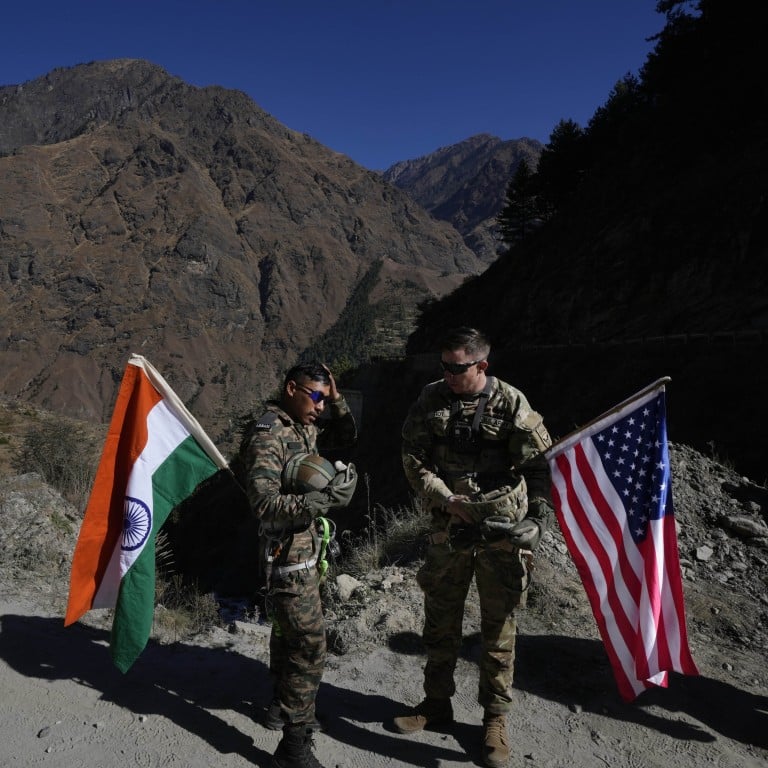
Letters | Growing US emphasis on the Himalayan front alters Indo-Pacific security architecture
- Readers discuss the implications for China of closer US-India military ties, and the Beijing-Moscow friendship
The exercise was conducted concomitantly with the 13th Indo-Pacific Armies Chiefs Conference (IPACC) in New Delhi. The US and India jointly hosted 18 army chiefs on September 26 and 27. How do Yudh Abhyas and IPACC fit into the US Indo-Pacific strategy? Why should China be concerned?
However, at IPACC, India’s defence minister said the Indo-Pacific was no longer a maritime construct but a full-fledged “geostrategic construct”, implying that the Indo-Pacific cannot be stable if the Himalayas remain unstable.
General Randy George, chief of staff of the US army, noted that “land power” contributes to shared security and is “decisive”. He said the IPAAC network is building “a security architecture that binds this region together”, implicitly connecting the security of the LAC with that of the South China Sea.
Lately, there has reportedly been an increase in intelligence sharing between the US and India in the Himalayas. The footprints of the US’ Proliferated Warfighter Space Architecture imagery and the signals intelligence satellites over the LAC are especially relevant. The launch of the bilateral defence acceleration ecosystem INDUS-X in June further expands the exchange of strategic technology and defence cooperation between the two countries.
This might not significantly worry the People’s Liberation Army until it perceives India as a defensive force on the LAC.
Though discreet, the growing US emphasis on the Himalayan front alters the security architecture of the Indo-Pacific. It makes the Quad and the Indo-Pacific constructs more relevant for India. However, it also nudges India to show deeper unity and commitment in the Pacific theatre, especially on Taiwan. This should be unsettling for China.
Dr Somen Banerjee, senior research fellow, Maritime Research Centre, India
Behind China-Russia friendship lies common X factor
That is what I heard from two Russians – my sister and a former colleague – after they visited China. They felt that we have that common X factor. I attribute that to our two countries expanding on a continent and, unlike several European countries, never having colonies abroad.
When we think about the sheer size of Russia, we often quote our great writer Nikolai Gogol. In his comedy, The Inspector-General, published in 1836, a provincial official says, “Why, you might gallop three years away from here and reach nowhere.” I am sure there are many similar references in your literature to China’s size.
If Putin and Xi treat each other like childhood friends, there is nothing they won’t do for each other. The outlook definitely appears bad for the West.
Mergen Mongush, Moscow

